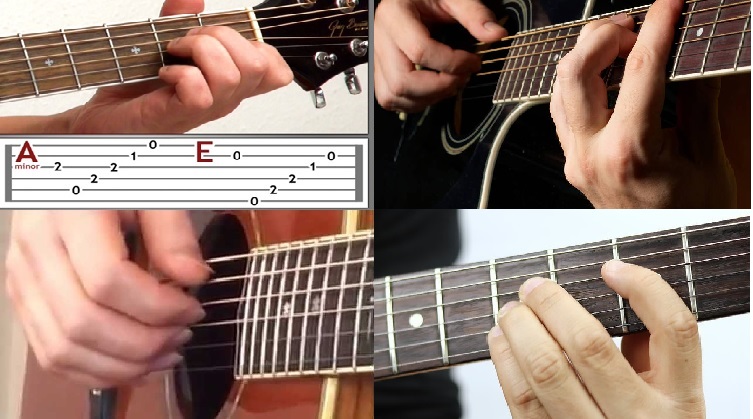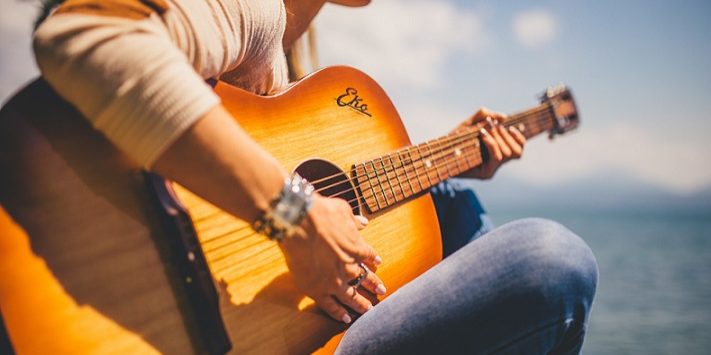One of the very first stages of learning to play the guitar is playing chords. Playing chords is a relatively uncomplicated technique, but the sound is very diverse. For almost any song, you can find chords for the guitar, which makes them very popular and gives you the opportunity to independently play your favorite song. You can find chords here http://www.azchords.com.
Let’s start with a little theory
If you look at the chords of any song, you will see that they are denoted by Latin letters. The designations of chords are fairly easy to remember: starting with the sound “A”, chords are denoted by the letters of the alphabet from A to G.
Chords are divided into two types – major and minor

They differ in the nature of the sound (minor sounds more sad). If the chord is minor, a small letter “m” is attributed to its letter-name, but if the chord is major, then nothing is assigned to its designation. Sometimes in the recording of chords there are signs # (sharp) and b (flat) – these are the so-called alteration signs. A sharp indicates that the entire chord needs to be increased by 0.5 tones, flat means a decrease by 0.5 tones. I will give you examples of chords: Em (E minor), C (C major), G # m (G Sharp Minor). Now that you have already become familiar with the theory, you can begin to practice. How to play chords on the guitar and what we need, go to the practical part. Find the chords of the song you want. We recommend to special websites for that, they contain a huge amount of chords to various songs.
You will see that the chords are located above the words of the song. This means that exactly at the moment when these words should be heard, you need to start playing a chord. The chord fingering itself can be easily found, follow the link given above.
To get started, just put your fingers on the appropriate fingering table, and play a chord once. Practice best on the chords Em (E minor), Am (A minor) and C, since some are among the simplest.
Most other chords require the use of a special technique called barre
Barre is a way of playing the guitar, in which one finger (most often the index finger) pinches several strings at once on the same fret. Big barre is the same as usual, only all 6 strings are clamped. Immediately you will not master this technique, you will need to train. If you have already learned how to put your fingers correctly and extract the sound of chords, you can start playing songs. There are many techniques for playing chords. The most common of them – the game of battle and bust.

When playing a stoppage, the guitarist plays the sounds of the chord individually, that is, sorts them. It requires only the dexterity of the fingers, as it is necessary to sort the strings quickly. Brute force is indicated by an arc or wave-shaped line before the chord. Playing a fight involves striking the strings with frequent muffling them. Guitar combat has a lot of variations, and different strikes on the strings are indicated differently. ^ indicates that the punch should be made downwards, that is, from the sixth string to the first. V variant is opposite to it (blow from the first string to the sixth). + indicates that you need to muffle the strings with your thumb, and x – edge of the palm. The blow is made or the entire hand, or the tips of the nails. When playing with a hand, it is quite difficult for beginners to control the purity of the sound, so we advise starting with the game with the tips of the nails. With daily training, we can learn how to play combat in just a week.
Even if you have already mastered all the chords, have learned to play both by fighting and by enumeration, do not neglect the advice of your colleagues. There is nothing better even for an experienced guitarist, as the valuable advice of your fellow player. Do not be afraid to ask additional questions, and try more often watch the technique of playing experienced guitarists. Most classical, acoustic or electric guitar techniques are not intuitive, but correspond to specific instructions. And of course, different types of guitars require different techniques of performance.



